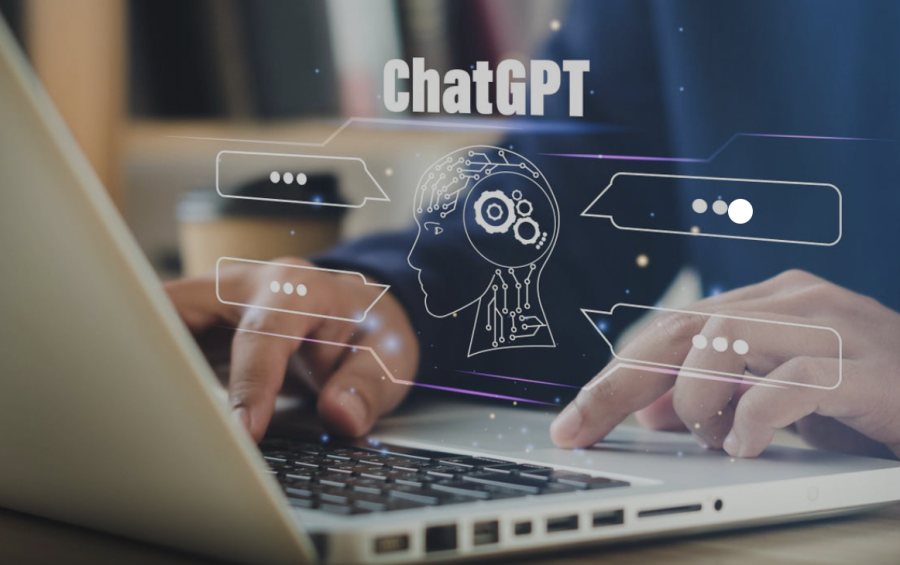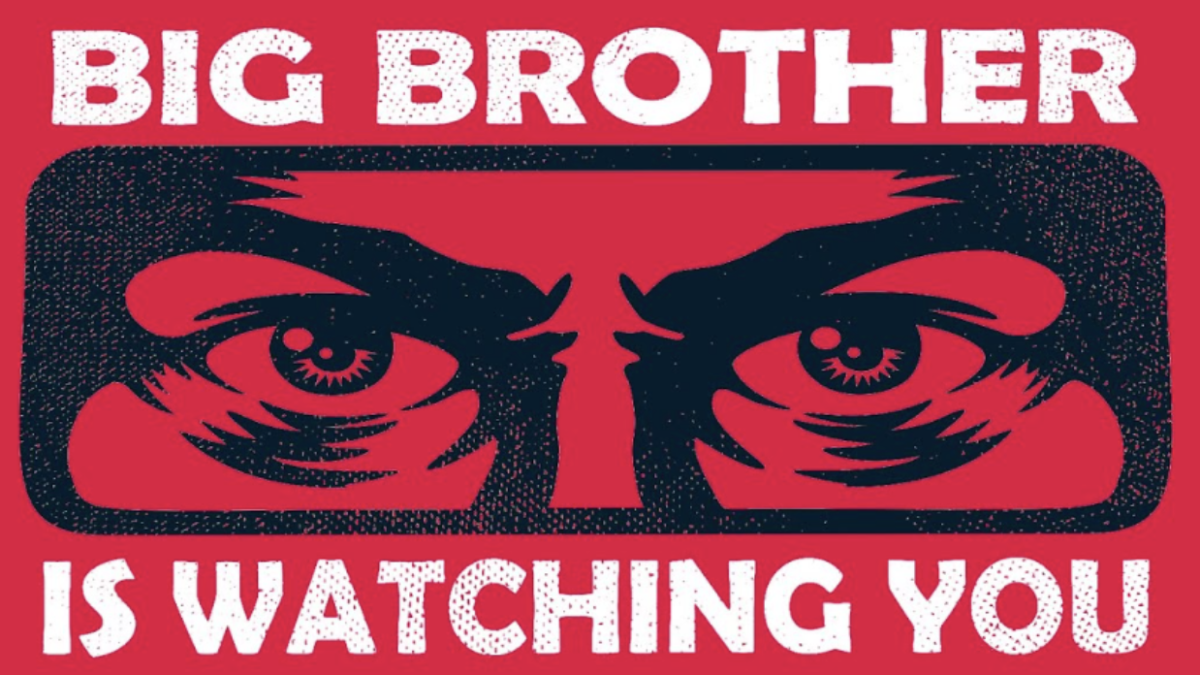The meteoric rise of the bleeding edge AI system ChatGPT has been accompanied by a corresponding rise in the number of systems that purport to be able to differentiate between text written by ChatGPT and text written by a standard, run-of-the-mill human. The focus of this article is not to test the efficacy of such systems; rather, it is to test your ability to differentiate between the two yourself. One of these articles has been written by me, a human author and one of these articles has been written by ChatGPT; though each essay works off of a similar prompt, there are significant differences in the tones, styles, and rhetoric utilized by me and ChatGPT. Your goal is to determine which was written by a robot, and which was written by me. Good luck.
If you don’t care about standardized testing, you can just skip to afterthoughts.
Pro Standardized Testing
Standardized testing was designed to provide an accurate assessment of a student’s abilities to read, write, and calculate. It was not designed to have the final say in how a child was treated within the school system. Rather, standardized testing was designed to provide an easy, objective way for a school to determine what sort of assistance a student needs. Such tests also allow teachers and administrators to show that their teaching methods are working to a certain degree, something which is easily facilitated by an objective scoring metric. Though standardized testing has its drawbacks, these drawbacks are not enough to outweigh the obvious benefit which standardized testing provides to the teacher, the school, and the student.
Without standardized testing, teachers wouldn’t have a useful way to determine how a student compares to the rest of his cohort. Grades cannot be used, because the methods teachers use to grade vary from teacher to school to state, making any attempt to use such a thing inconsistent at best and wildly inaccurate at worst. There is currently no system other than standardized testing by which students can be measured objectively. This objectivity is desired as it is useful for schools and administrators to be able to determine how a student is performing when compared to other schools, both local and abroad. With this objectivity, aid can be properly allocated to students as necessary, which, in addition to a plethora of other reasons, is what makes it so valuable.
However, many have argued that standardized testing has encouraged both teachers and students to focus on a very narrow skill set, causing them to neglect other aspects of education such as music or the arts. This is a valid criticism. It does, however, overstate the role which standardized testing plays in the educational system. Standardized testing is useful as a diagnostic tool to compare a student to other students and to measure his or her performance, but it does not exist exclusively in a vacuum. It is not the reason why schools have been trending away from a liberal arts-based curriculum and more towards a STEM-based one, it is a symptom of a larger trend. If we want to stop schools from disregarding the arts as a valuable part of the human experience, we need to change much more of the system than just standardized testing.
Without a doubt standardized testing plays a crucial role in our educational system, providing a stable objective metric with which to assess students where there is no other. At its utmost, it can be used with other scholastic methods to achieve a truly comprehensive scholastic experience. It has always been that adults have wanted to provide the best possible lives for their children; why pretend as though standardized testing doesn’t do this?
Anti Standardized Testing
In recent years, the debate over the use of standardized tests in schools has become increasingly heated. Many educators and parents have criticized these tests for placing too much emphasis on a narrow set of skills and for taking up too much classroom time. They argue that standardized tests do not provide an accurate assessment of student learning and can harm students’ overall academic performance. As a result, there is growing support for the idea that schools should ban these tests altogether.
There are several reasons why standardized tests should be banned in schools. First and foremost, these tests do not provide a comprehensive picture of student learning. They typically focus on a narrow set of skills, such as reading and math, and do not take into account other important aspects of a student’s education, such as creativity, critical thinking, and problem-solving. As a result, students may be unfairly labeled as “underperforming” or “behind” based on their performance on these tests, even if they excel in other areas.
Second, standardized tests can harm students’ overall academic performance. When teachers are forced to “teach to the test,” they may neglect other important aspects of a well-rounded education, such as art, music, and physical education. Additionally, students may become overly stressed and anxious about the tests, which can negatively impact their academic performance and overall well-being.
Third, standardized tests can be expensive and time-consuming for schools to administer. This can take away valuable resources from other important areas of education, such as hiring additional teachers or investing in technology.
Finally, standardized tests can perpetuate inequalities in education. Students from disadvantaged backgrounds may not have access to the same resources and support systems as their more affluent peers, which can put them at a disadvantage when it comes to standardized tests. Additionally, these tests do not take into account cultural and linguistic differences, which can unfairly penalize students from non-English-speaking backgrounds.
In light of these concerns, it is clear that schools should seriously consider banning standardized tests. Instead of relying on these tests as the sole measure of student learning, educators should adopt a more holistic approach that takes into account a variety of factors, such as classroom participation, homework assignments, and projects. By doing so, we can help ensure that all students receive the well-rounded education they deserve.
Afterthoughts
In retrospect there are some rather large tells differentiating my essay from ChatGPT’s.
ChatGPT’s essay seemed to be more of a list, pointing out a large number of mediocre to good points. I focused rather strongly on a few, giving perhaps a more one-dimensional view of the issue. My use of rhetoric, I feel, was somewhat stronger and more unique. This is not surprising, given that the developers of ChatGPT probably don’t want something which can spit out galvanizing, Churchill-esque speeches at a moment’s notice. ChatGPT’s analysis didn’t touch many other issues outside of the given prompt, mine was more extensive. It lacked Pathos. There are several other differences, but I’ll leave those for you to find.
Despite these tremendously trivial differences, ChatGPT is still a miracle technology. Where it took me an hour and a half to write all this, it took a free version of ChatGPT ten seconds. That is a 540-fold improvement. Moreover, I would not be surprised if several of the differences mentioned previously were implemented on purpose to proverbially neuter ChatGPT, to some degree. Make it more Spock-like. Prevent it from making effective propaganda. Design ChatGPT so that it would do its best to give accurate, bias-free information (something rather difficult to pull off, when the person inputting the prompt decides which opinion ChatGPT has for the figurative day). Regardless, ChatGPT offers something which no other generation in history has had the fortune to witness: the ability to think without thinking.







